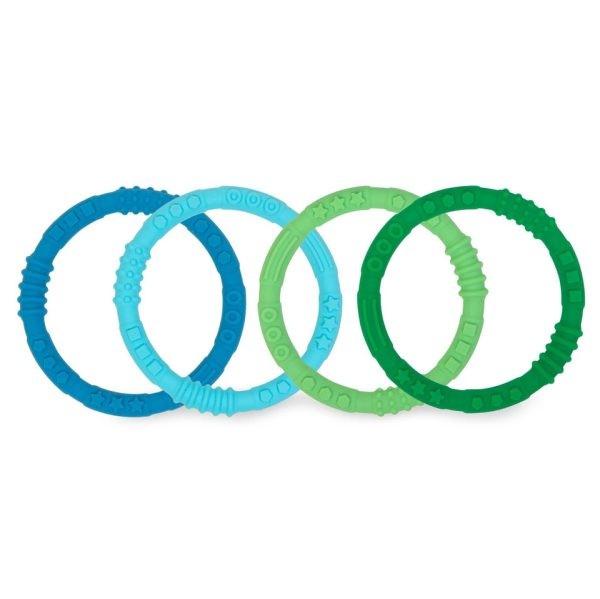











Parents who master both BabyFirstAid and Toddler First Aid can deliver rapid and effective care for typical injuries and health problems. The guide provides necessary firstaid procedures that protect your child during emergencies.






•Young children naturally explore everything around them but also easilysufferinjuries.
•Early delivery of correct first aid treatments helps keep light injuries fromturningworse.
•Emergency response outcomes improve when caregivers develop first-aid knowledge through instruction.



•Using quick back blows combined with chest thrusts willquickly cleartheblocked airway.
•Mild soap and water will suffice for cleaning the wound.
•Donotapplyiceorbutter.
•Call emergency services at once when poisoning is suspected.





•Positionthebabyfacedown onyourforearmto administerfivequickback blows.

•Encouragethemtocough.
•Abdominalthrustsbecome necessaryforbreathing difficulties.




•Remove extra clothing from the patient then lower room temperature.

•Give fluids to prevent dehydration.





•Maintain the child at rest whilekeepingthemrelaxed.
•Use a cold compress to help controlswelling.





•First Aid knowledge for babies along with toddlers enables parents and caregivers to respond to emergenciesconfidently.
•Calmness and swift action will help the situation while you search for proper medicalassistance.

•People who apply appropriate first aid skills cansavelives.




•All parents must enroll in certified first-aid training programs.
•Ensure you maintain basic first aid supplies both at homeandinyourcar.
•Your ToddleFirstAidsafety restsonyourpreparedness.







